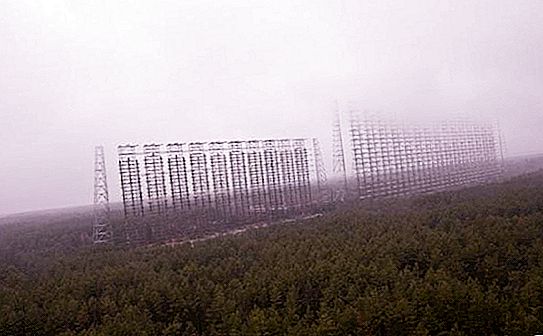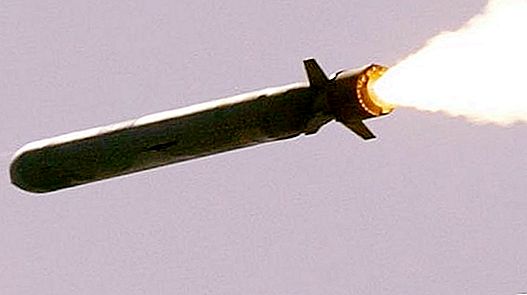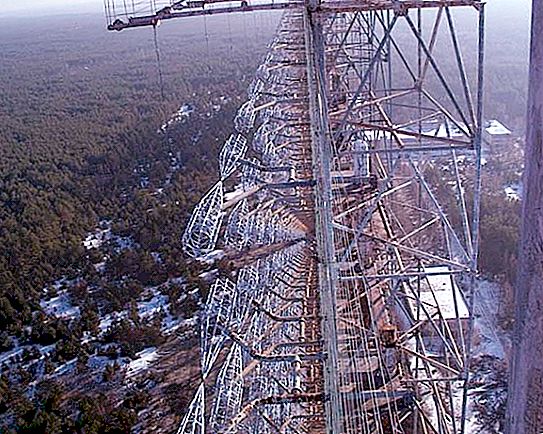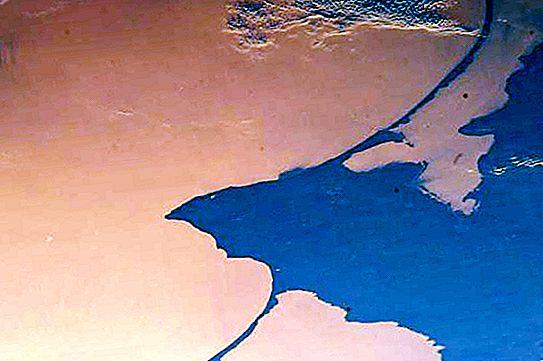During the Cold War, the warring parties threatened each other, mainly with missiles with nuclear weapons. However, the leaders of the countries that led the opposing blocs and possessed the most powerful arsenals of deadly weapons, namely the USSR and the USA, understood that a possible success in the event of the transition of the war from the "cold" to the "hot" stage is possible only if most of the enemy fired missiles will be detected and intercepted in time, and the surprise factor will be leveled. This is how the concept of “early detection” came about.

Work was carried out on both sides, they were top secret. The very level of the country's readiness to repel a nuclear attack was a state secret no less, and maybe even more, than the number of warheads and their delivery vehicles.
In the USSR, the development of ballistic missile launch detection systems was dealt with by the special DAR Research Institute, headed by the general designer F.A. Kuzminsky, since 1960.
When designing the system, the disturbing signal reflected from the ionosphere, arising at the time of launch and generated by the nozzle torch, was used as the main factor in detecting hostile missiles.

By 1970, the experimental Duga radar, namely the name the project received, was almost ready and tested on Soviet missiles, scheduled launches of which were carried out from the Baikonur Cosmodrome, ships of the Pacific Fleet and ground launchers in the Far East. The radar station showed good performance in conditions of a low level of interference of the ionosphere. The government decided to build a powerful Duga radar in the Nikolaev region. The place was not chosen by chance, this station could control the space over the entire Black Sea, Turkey, Israel and a significant part of Europe within a radius of 3000 kilometers. How could the further foreign policy situation unfold at that moment, one could only guess.

The over-the-horizon radar station “Duga” took up combat duty on the day of the 54th anniversary of the October Revolution. Despite the situation of extreme secrecy, it was difficult to completely eliminate information leakage, the tracking station had huge dimensions, the height of the antennas reached 135 meters, and the length was hundreds of meters. In addition, the Duga radar created airborne interference in the form of pulses resembling a knock, for which it received, almost immediately, the nickname of the “Russian woodpecker” among NATO military countries engaged in electronic intelligence. However, some awareness of the likely adversary may have been useful. It restrained excessive arrogance and belligerence and cooled the hot heads in the Pentagon, excited by the preponderance of nuclear charges, as well as the presence of Tomahawk cruise missiles armed with armaments, which were difficult to detect with conventional radars.
The Duga radar was very energy-intensive, so the next two of its samples were mounted near power plants. After the Chernobyl accident, one of them had to be closed for obvious reasons. The low stability of the received signal with a high level of ionospheric interference led to abandon the operation of the other two. A new generation of early detection systems took their place.




